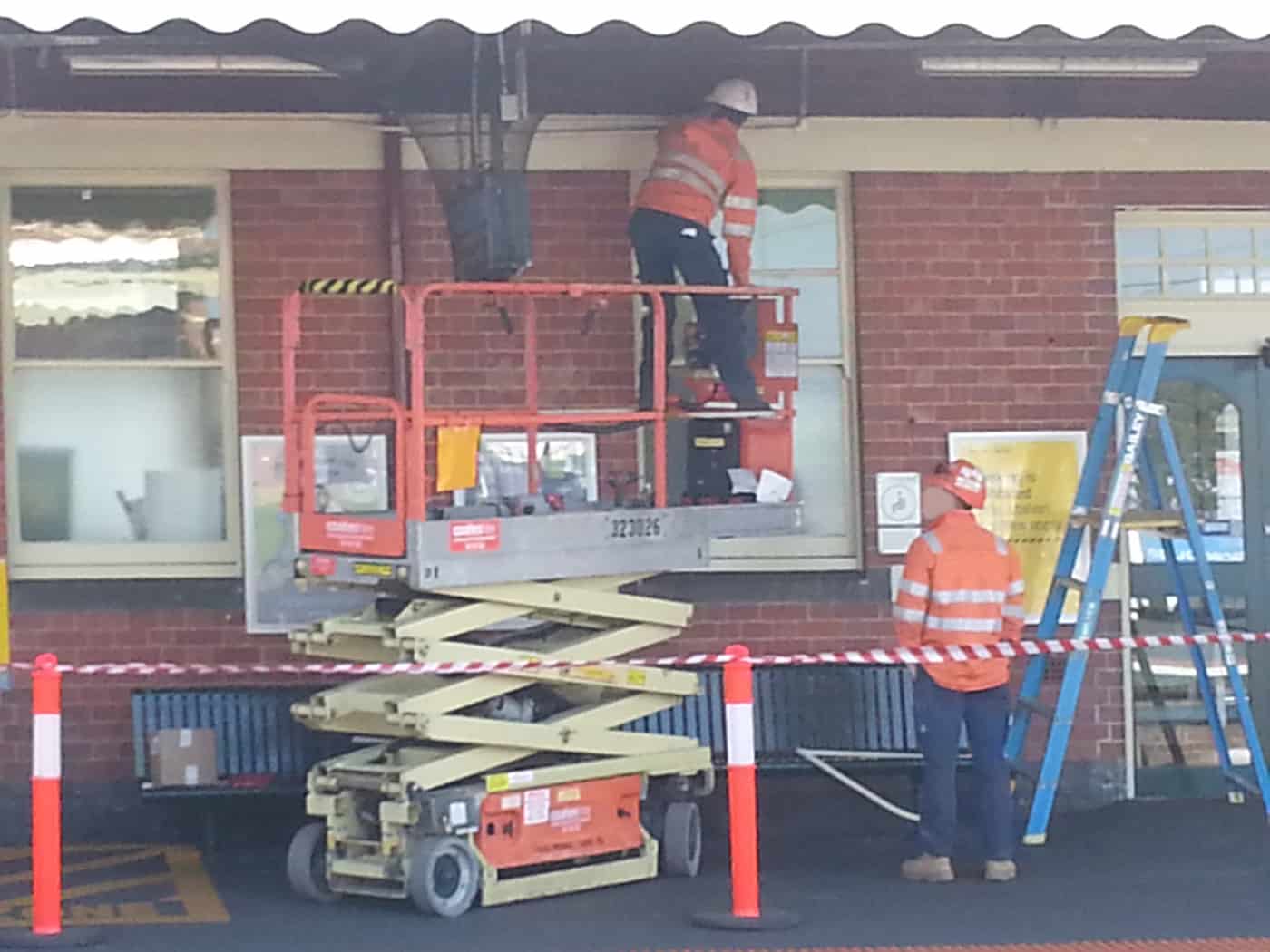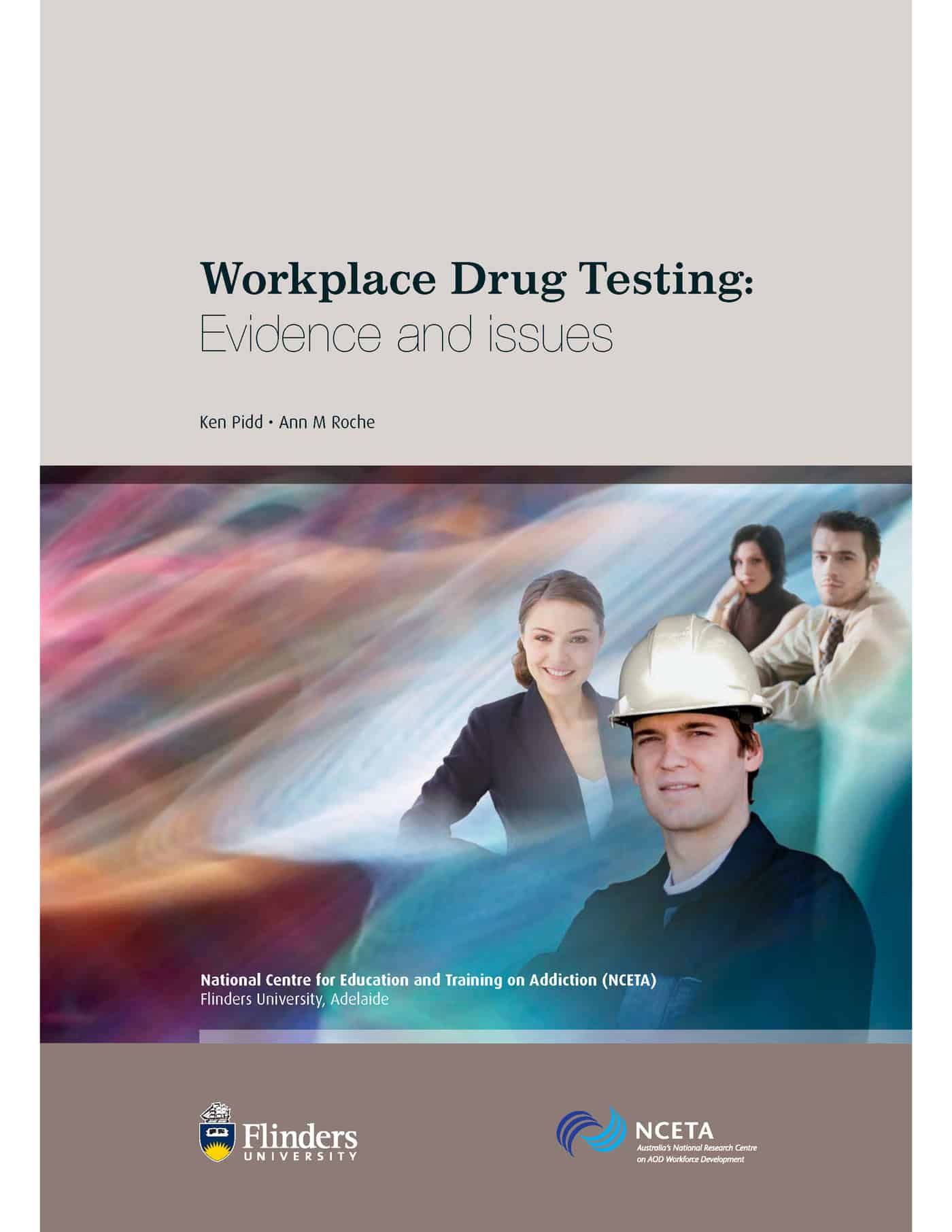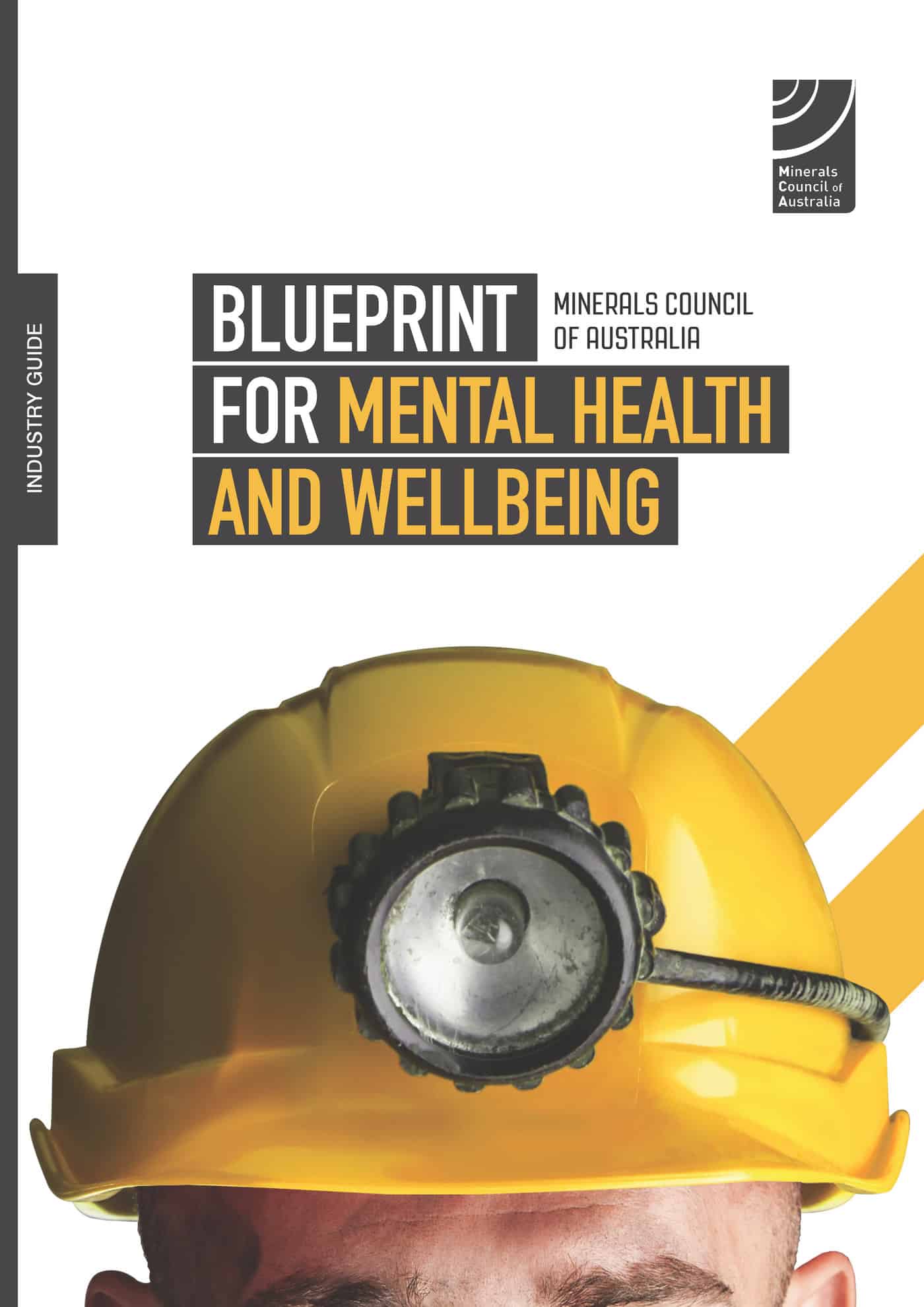I was honoured to speak recently at the monthly meeting of the Central Safety Group. As the meeting occurred during Safe Work Australia Month it seemed appropriate to stir debate about the nature of occupational health and safety (OHS) and how it applied.
Here is a selection of points that I intended to make. Discussion developed in a manner that allowed for many of these to be only touched upon but that was the intention of the presentation – to encourage OHS professionals to talk about OHS rather than about specific hazards. Continue reading “Stirring the OHS pot”





